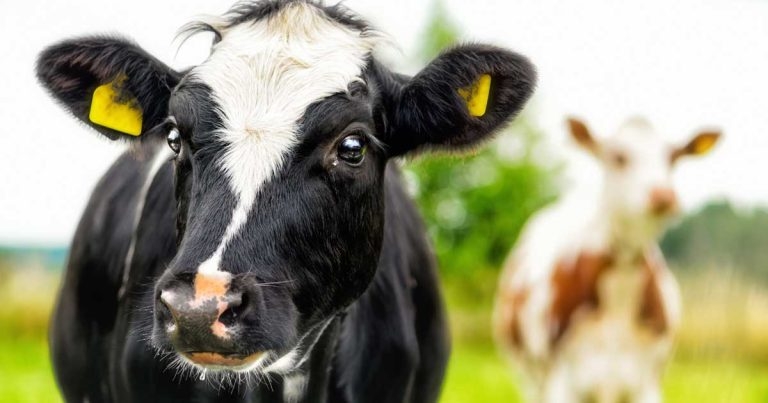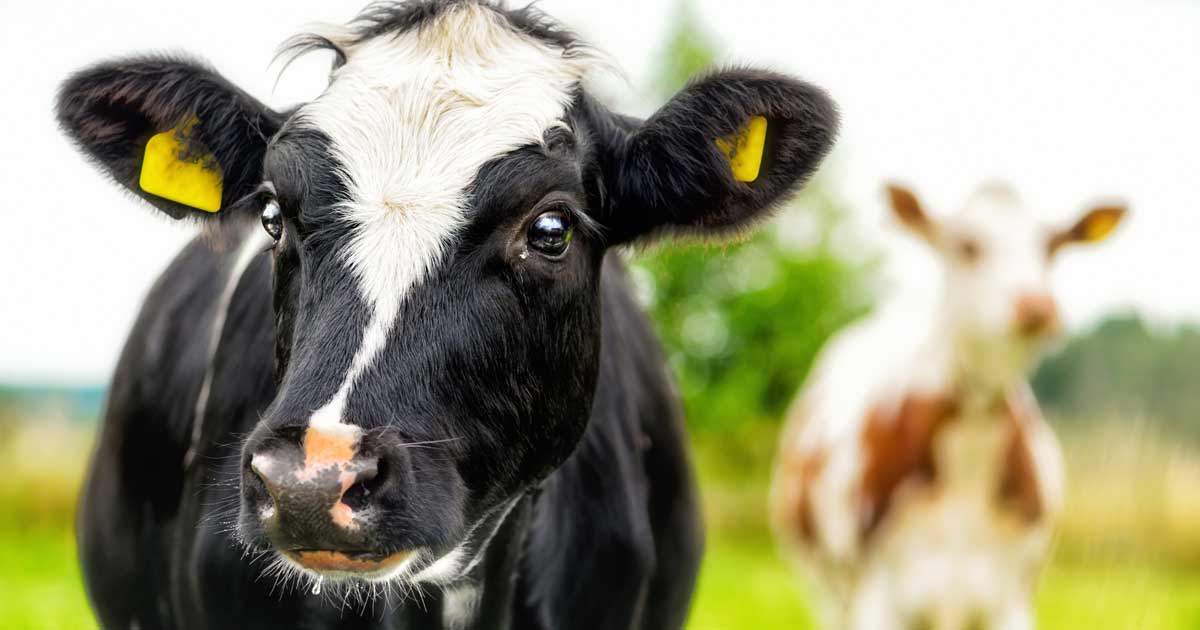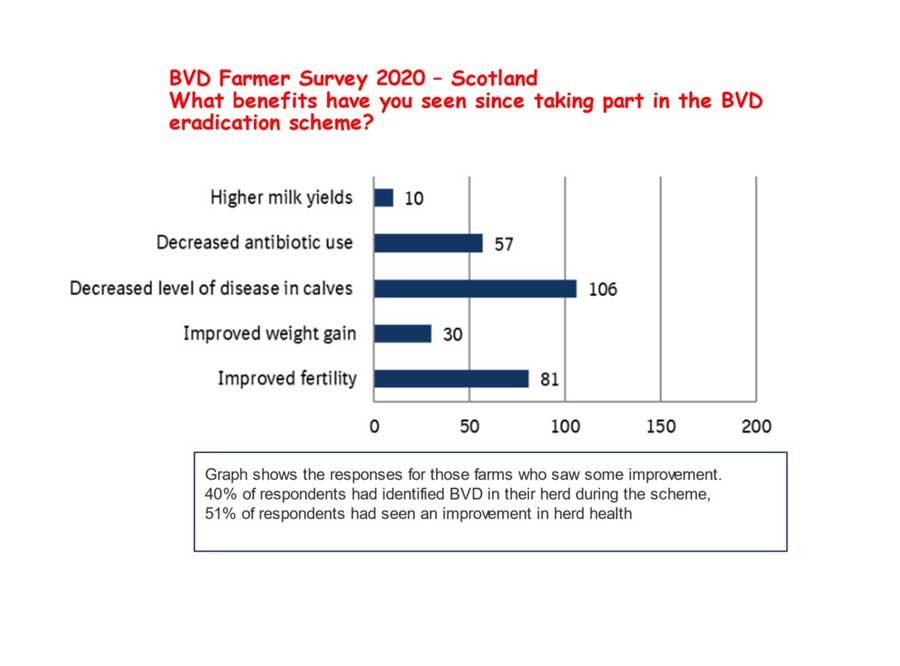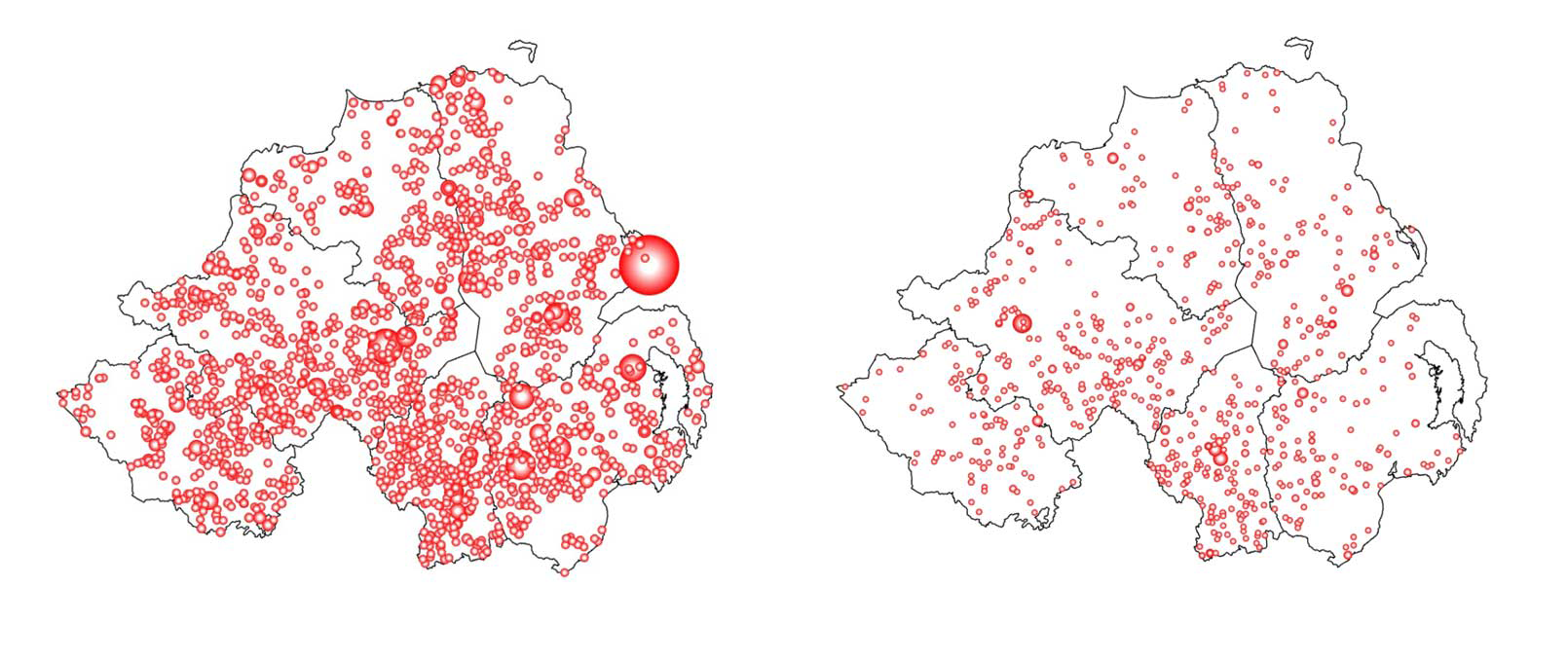15 Aug 2023
BVDFree England and pathway visits – plus other UK updates
In this article on bovine viral diarrhoea (BVD), the main author offers some practical advice for vets undertaking funded visits, before senior figures discuss their own BVD policies and schemes in each of the devolved nations.

Image © stefanholm / Adobe Stock

Is 2023-24 the turning point for bovine viral diarrhoea (BVD) control in England? Will the boost that Annual Health and Welfare Review (AHWP) visits is giving to BVDFree with additional focus and vet time help move those yet to engage into action as far as BVD goes?
Being on top of the latest information and guidelines will be beneficial, so this article aims to give some of the latest updates for England, Scotland, Wales and Northern Ireland.
What to do if a farmer client is already a member and vaccinating/testing
The funding can still be applied for if this is the case, but any testing would need to be done under the pathway umbrella, and then used for that herd’s records on BVDFree England (you cannot use historical results).
Practically, this would mean farmers only applying for review money when testing is due. The testing laboratories for the pathway match those for BVDFree England and (formerly Cattle Health Certification Standards), so this can remain the same. For beef cattle, testing required for the pathway review is five serum antibody tests in up to two epidemiological groups. This has to be on unvaccinated animals.
For dairy cattle, the testing required is an antibody/PCR bulk milk test. However, the requirements can be fulfilled by doing the same testing as for beef cattle, although the amount of money given through the review will not be increased.
Bulk milk testing is not an eligible form of testing for status with BVDFree England or CHECS.
What to look out for in the future
From later in 2023, AHWP is planning to launch disease eradication and control programmes, which will most likely mean farmers apply for further financial support for BVD. Further details will be shared by the AHWP team soon.
What to do if your client has not engaged with BVDFree and doesn’t know their BVD status
If your client has not engaged with BVDFree and doesn’t know their VBD status then initial testing can still be done through the review and, simultaneously, if the farm and vet agree that joining the scheme would be of interest then they can register online at bvdfree.org.uk
On letting the testing lab know that the herd is now part of the BVDFree England scheme, the testing results will be automatically uploaded on to the database and accessible through the vet and farmer log-ins.
The benefit of joining the scheme is working towards – and obtaining – the test negative herd status, which requires two consecutive check tests (blood antibody tests for a minimum of five unvaccinated animals between the age of 9 to 18 months per management group).
It is worth noting the pathway requires a minimum of five tests. You can also achieve test negative status via tag and testing all youngstock for two years. However, this can be very expensive and will not be accepted as a form of testing under the pathway review.
BVD information and statistics for BVDFree England
BVD is a highly contagious viral disease of cattle. It is one of the biggest disease issues facing the UK cattle industry. BVD has been estimated to cost between £13 and £31 per cow in Great Britain1. The national cost could be as high as £61 million per year1.
The most common clinical signs are:
- immunosuppression leading to respiratory disease in calves or increase in severity of other diseases such as mastitis
- poor fertility
- abortions
What are the farmer-observed benefits of BVD control?
BVDFree England is a voluntary industry-led scheme, working to eliminate BVD from all cattle in England. The scheme is built around a national database – bvdfree.org.uk – which is searchable for the BVD status of individual animals and herds tested under the scheme.
Farmers must register with BVDFree to enable their herds’ BVD test results to be uploaded to the database. Individual animal BVD status can be found by entering a UK tag number, or you can search the database for a herd’s BVD status using the CPH number. This provides farmers with recognition, confidence, and traceability when buying and selling BVDFree cattle. Currently, the BVDFree England scheme has 6,786 registered holdings covering an estimated 44% of English breeding cattle (both beef and dairy). A total of 1,436 holdings currently hold test negative herd status.
- This article was supplied for VT Livestock 9.2 (in Volume 53, Issue 33) by Boehringer Ingelheim.
Wales
by Neil Paton, Gwaredu BVD
Gwaredu BVD has been in existence since 2017, when it was launched at the Royal Welsh Agricultural Society Show that summer, and its testing components came to an end on 31 December 2022.
The scheme was purely voluntary and was made up of two parts. The first was screening of all herds in Wales through antibody screening of cattle on the farm. This allowed the herds to determine whether they had BVD virus likely to be circulating on their farm. Once this information was known, the farmer could decide what the correct course of action was. Where the farm was antibody negative, they might well focus on biosecurity to minimise the risks of disease introduction. Repeated negative testing allowed the farmers to claim bronze, silver and gold certificates (for one, two or three years free) and use these to support selling at market, for example.
The second component was the support for testing animals on farm for the virus – persistently infected (PI) hunting. When the antibody test was positive, the farm was allowed to access the funding to carry out PI hunting on farms. Once a PI animal was found on farm, it was the farmer’s responsibility to cull the animals as recommended by Gwaredu BVD.
Through the lifespan of the programme, Gwaredu BVD tested 9,369 (85% of cattle farms in Wales) and identified 1,582 virus positive animals through testing 93,191 animals. Post-project work is being carried out to determine the fate of these animals. These animals were found on 1,296 farms, with some farms having multiple animals and some having none. This work suggests that the percentage of positive farms dropped from 27% to 23%. For the negative farms, 19,282 certificates were issued and 5,809 gold certificates.
It is the ambition of Gwaredu BVD that legislation is enacted, and a consultation and its summary were published on the back of the momentum of the Gwaredu BVD programme. Most respondents were supportive of the need for legislation, and we await the publication of the full plans.
Scotland
by Jenny Purcell, Scottish Government animal health division
Scotland’s BVD eradication scheme started as a voluntary programme in 2010 and became mandatory in 2013.
Since then, the industry-led scheme has taken a phased approach, with increasing protection for BVD negative herds and greater controls on BVD positive animals and herds. Around 90% of Scotland’s breeding herds are BVD negative and we are seeing excellent work by farmers and vets to keep herd status up to date and investigate “not negative” herd status. Farmers recognise the importance of removing persistently infected (PI) cattle promptly and we have seen an impressive reduction in numbers of PIs retained on farm.
Farmers and vets need to continue to be vigilant – particularly when purchasing in-calf females (“trojan cows”) and when managing the herd in the first three to four months of pregnancy. Reduction in BVD prevalence across Scotland means natural immunity has fallen. Good biosecurity helps to avoid BVD outbreaks – for example, effective fencing, quarantine and test incoming stock, test all calves born from trojan cows and consider vaccination.
Phase 6 of the eradication scheme is in development with the aim of a December 2024 start date. Vets are essential in making Scotland’s scheme operational and are consistently identified as trusted advisors by farmers. The Scottish Government is running a public consultation in the next few months, allowing people to have their say on what additional measures are needed. Official CPD is available (free of charge for vets working in Scotland) at SRUC Online Training.
Northern Ireland
by Sharon Verner, Animal Health and Welfare NI
Northern Ireland’s compulsory BVD programme has made substantial progress since the commencement of mandatory testing of all calves in 2016 and has contributed to improved calf health in many herds.
The reduction in the number of cases annually is demonstrated in the maps pictured below.
The rolling 12-month animal level incidence recorded at April 2023 is the lowest seen in the programme to date, at 0.23%, representing a decline of 64% compared to the level at the end of the first year of the programme.
The programme is industry led and requires all calves to be tested for the BVD antigen, and imposes a ban on any farm-to-farm moves of any non-negative animals. Stakeholders aim to encourage maximum compliance with the requirement to isolate and the recommendation to voluntarily cull persistently infected (PI) cattle. Practising vets have a major role in providing advice to farmers, including messages about prompt testing and culling, cleansing and disinfection, breakdown investigation, biosecurity advice and quarantining of high-risk livestock.
Since EU approval of the Republic of Ireland’s BVD programme in July 2022, trade implications have existed for farmers moving cattle to Ireland for breeding and production purposes. The livestock must now either come from herds recognised by Northern Ireland’s Department of Agriculture, Environment and Rural Affairs as being BVD-free, or be subject to additional measures such as approved quarantine for 21 days and/or additional testing.
The proposed introduction of BVD herd movement restrictions will enhance the prompt removal of PI cattle, as well as reduce the risk of trojan cow movements. Further measures, such as biosecurity notifications and herd statuses, continue to be lobbied for by industry.


